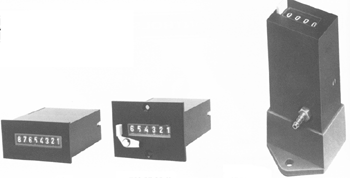Pneumatic control systems
Pneumatic systems use either a pressurized gas or air to complete a basic or complex action. These systems are a great alternative when hydraulic, electric, and gas systems are not viable. Pneumatic systems provide valuable actions and tools for a wide range of industries. No system is complete without several safety components, which include pneumatic valves.
 How does a pneumatic valve work for increasing safety within pneumatic control systems?
How does a pneumatic valve work for increasing safety within pneumatic control systems?
Regardless of the size or design of a pneumatic control system, valves work the same. Diverse types of valves exist to complete different jobs, but the primary function of all is to open and close important aspects of pneumatic control systems.
As pressurized air is fed through reservoirs and into a compressor, it pushes against walls. As a result, pressure begins to strengthen, which triggers springs beneath the reservoir to compress. Because the diaphragm is pushed down, it causes the valve stem to press downward and close the valve. Contrarily, once the pressure has been exhausted from the diaphragm, the spring uncoils and the valve opens. In short, pneumatic valves control the machine's pressure and movement.
The three main benefits of pneumatic valves include:
- Complete flow control
- Accurate and consistent pressure relief
- Control over the direction of air/gas
Without pneumatic valves, machinists would not be able to apply the necessary controlled force to make systems work safely. For more information on unique styles of the pneumatic valve, you should not hesitate to give our team a call.
Related Reading about Pneumatic Control Systems


- Ellis/Kuhnke Controls
132 Lewis Street Unit A-2, Eatontown, N.J. 07724
Phone: 1-800-221-0714
Fax: 732-291-8154
Email: Info@ekci.com
- Home Pneumatic Controls Technical Info CAD Drawings Contact Us Pneumatic Timers Blog Site Map
